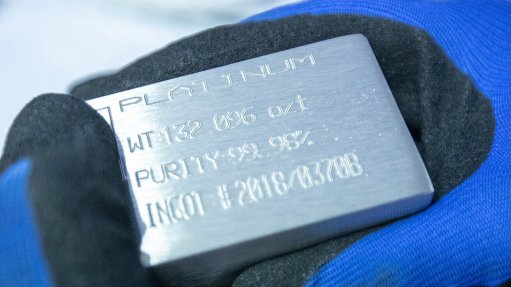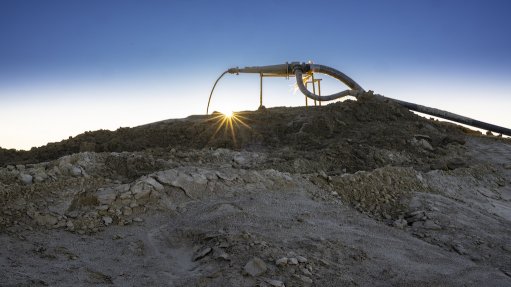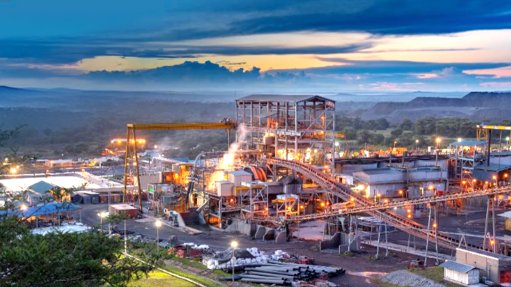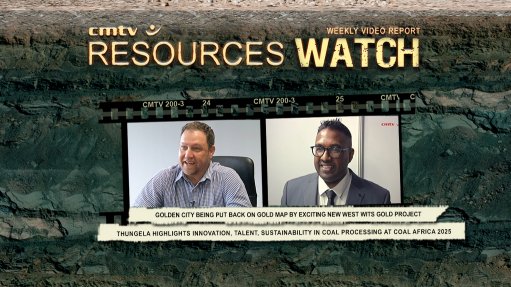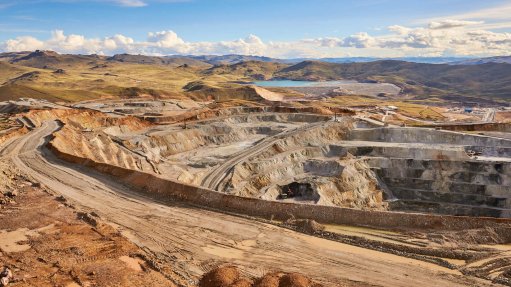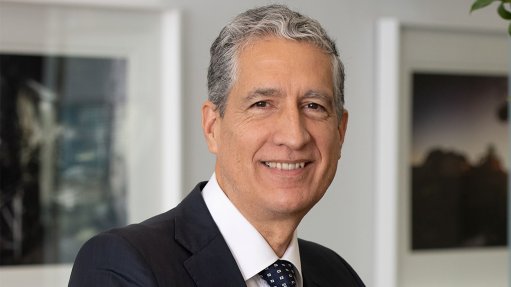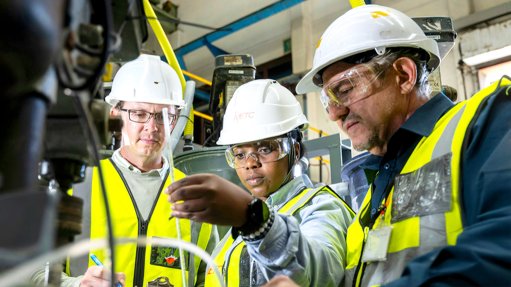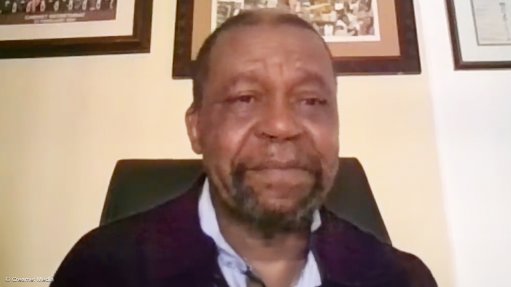Value of iridium in electrolysis could top R90bn mark in years ahead – HySA

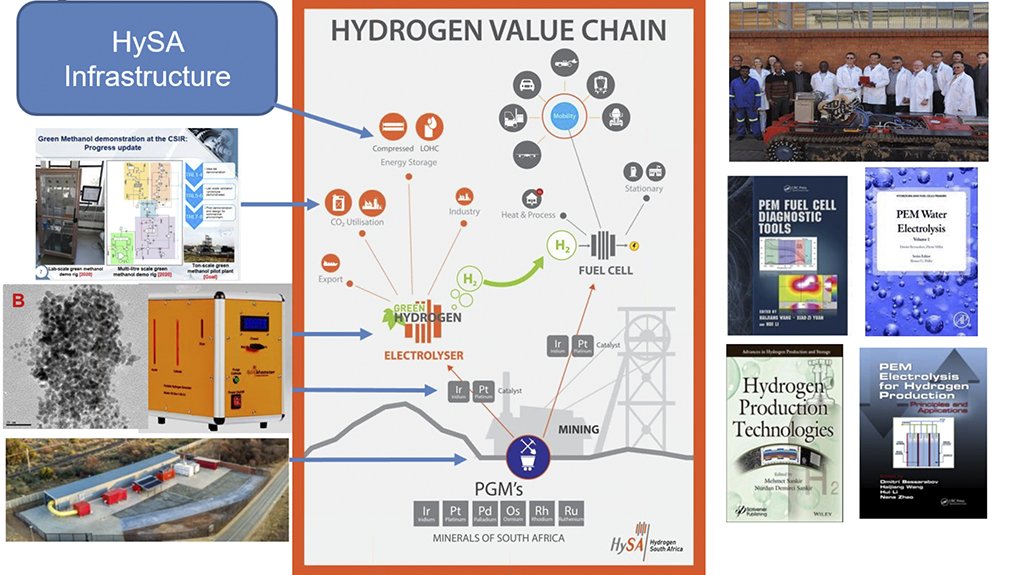
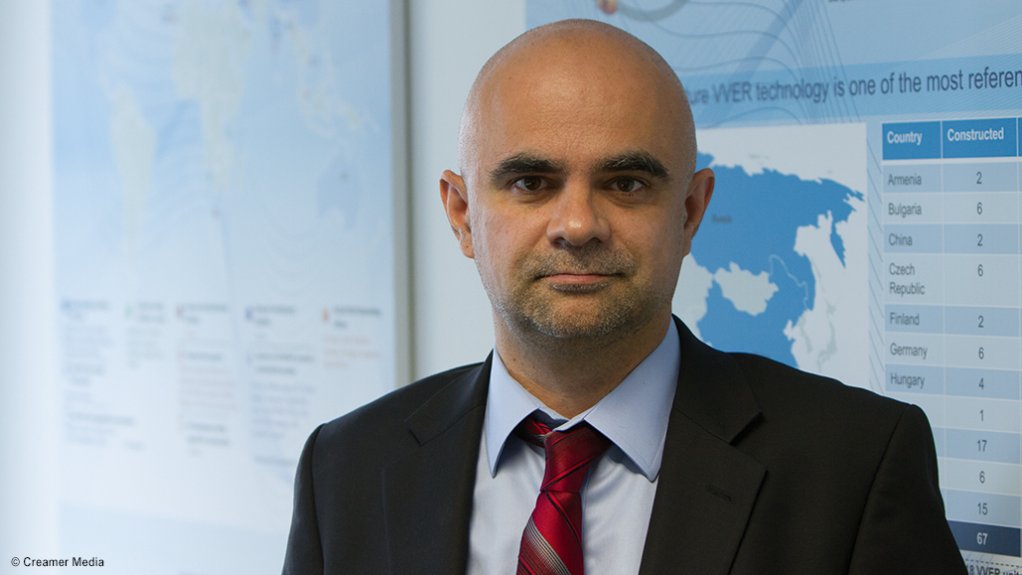
Value chain as outlined by Professor Dmitri Bessarabov, the director of the Department of Science and Innovation's National Centre of Competence.
Professor Dmitri Bessarabov, the director of the Department of Science and Innovation's National Centre of Competence: Hydrogen South Africa (HySA) Infrastructure.
JOHANNESBURG (miningweekly.com) – The value of iridium for proton exchange membrane (PEM) water electrolysis technology alone could exceed R90-billion in the next ten to 20 years.
This is the view of Professor Dmitri Bessarabov, the director of the Department of Science and Innovation's (DSI's) National Centre of Competence: Hydrogen South Africa (HySA) Infrastructure.
During an address to the energy storage chapter of the South African Institute of Electrical Engineers on the future of the hydrogen economy in South Africa, Bessarabov described water electrolysis as a key technology for future sustainable energy systems. HySA Infrastructure’s activities include water electrolysis and fuel cell testing.
PEM electrolysis technology, which he expects to form a large part of the technology mix going forward, is based largely on iridium, which Bessarabov identifies as one of the scarcest elements on earth.
“It is expected that with the penetration of large-scale PEM water electrolysis technology into the ‘green’ hydrogen generation market, the demand for iridium will only increase,” he says.
Bessarabov describes the unlocking of the hydrogen value chain in South Africa as beginning with the country’s platinum group metals (PGMs) of iridium, platinum, palladium, osmium, rhodium and ruthenium.
The two main technologies of the hydrogen economy – water electrolysis and fuel cell electrification – both use PGMs in different combinations, water electrolysis using platinum and iridium and fuel cells using platinum and ruthenium.
Bessarabov displayed pictures of HySA Infrastructure’s hydrogen electrolyser generator, its hydrogen ventilation testing facility for underground mines as well as a low-profile dozer that runs emission-free on hydrogen stored underground.
Green hydrogen now being demanded the world over is generated by the splitting of water into hydrogen and oxygen, with HySA Infrastructure’s proprietary technology meeting the challenge of iridium’s hardness.
HySA Infrastructure’s expertise includes iridium and platinum solubilisation, catalyst benchmarking for electrolysis, catalyst-coated membranes for electrolysis, stack development and system development, in a sequence that allows the organisation to be flexible and productive.
Bessarabov describes the heart of HySA Infrastructure’s roadmap as electrolysis, with hydrogen storage including liquid organic hydrogen carrier (LOHC) technology, which is frequently spotlighted by Mining Weekly because of the ability of LOHC to transport hydrogen in liquid form and enable it to be stored in current infrastructure indefinitely, and traded universally, as oil is today.
Bessarabov points out that hydrogen produced currently globally exceeds 70-million tonnes a year, with 95% of it sourced from fossil fuels. It is thus overwhelmingly grey rather than green hydrogen and the carbon dioxide richness of grey hydrogen is being spurned by the climate conscious world.
South Africa’s Sasol, he notes, produces 2% of the world’s hydrogen production – “an incredibly large number” – with most of it consumed on site in the refining petrochemical products, ammonia synthesis and methanol synthesis. It is produced at a cost of about $1.5/kg of hydrogen.
He points out that there is major current global momentum to advance hydrogen technology into other sectors, with hydrogen refuelling stations being built in particularly Europe and Japan and green hydrogen being used by large industry and as energy storage.
“One of the key performance indicators is the decarbonisation of those sectors. As soon as we talk about carbon-free technology, we have to talk about green hydrogen, which is electrolytic hydrogen.
“This green hydrogen is earmarked, of course, as a fuel for sustainable mobility. But actually that’s not the largest sector that can utilise renewable hydrogen. There are other sectors that will require much more hydrogen. These include the energy storage sector, hydrogen for steelmaking and for the integration of different sectors of the economy,” says Bessarabov.
The beauty is that water is used to make green hydrogen and as expressed in cubic kilometres, hydrogen can be seen as an almost everlasting fuel because of the incredible amount of water on the planet, he adds.
The DSI has had far-seeing involvement in the hydrogen economy, which is now sweeping the world with such force. South Africa’s Cabinet approved the department’s National Hydrogen and Fuel Cell Technologies Research, Development and Innovation Strategy as long ago as May 2007, and HySA was formally launched a year later. HySA’s vision is to use local resources to create high-value commercial activities in green hydrogen generation and in hydrogen fuel cell technology.
Of the three HySA centres of competence established, HySA Infrastructure leads in electrolysis, storage, delivery and safety development.
Article Enquiry
Email Article
Save Article
Feedback
To advertise email advertising@creamermedia.co.za or click here
Announcements
What's On
Subscribe to improve your user experience...
Option 1 (equivalent of R125 a month):
Receive a weekly copy of Creamer Media's Engineering News & Mining Weekly magazine
(print copy for those in South Africa and e-magazine for those outside of South Africa)
Receive daily email newsletters
Access to full search results
Access archive of magazine back copies
Access to Projects in Progress
Access to ONE Research Report of your choice in PDF format
Option 2 (equivalent of R375 a month):
All benefits from Option 1
PLUS
Access to Creamer Media's Research Channel Africa for ALL Research Reports, in PDF format, on various industrial and mining sectors
including Electricity; Water; Energy Transition; Hydrogen; Roads, Rail and Ports; Coal; Gold; Platinum; Battery Metals; etc.
Already a subscriber?
Forgotten your password?
Receive weekly copy of Creamer Media's Engineering News & Mining Weekly magazine (print copy for those in South Africa and e-magazine for those outside of South Africa)
➕
Recieve daily email newsletters
➕
Access to full search results
➕
Access archive of magazine back copies
➕
Access to Projects in Progress
➕
Access to ONE Research Report of your choice in PDF format
RESEARCH CHANNEL AFRICA
R4500 (equivalent of R375 a month)
SUBSCRIBEAll benefits from Option 1
➕
Access to Creamer Media's Research Channel Africa for ALL Research Reports on various industrial and mining sectors, in PDF format, including on:
Electricity
➕
Water
➕
Energy Transition
➕
Hydrogen
➕
Roads, Rail and Ports
➕
Coal
➕
Gold
➕
Platinum
➕
Battery Metals
➕
etc.
Receive all benefits from Option 1 or Option 2 delivered to numerous people at your company
➕
Multiple User names and Passwords for simultaneous log-ins
➕
Intranet integration access to all in your organisation








